SUSTAINABLE GASTRONOMIC DESTINATIONS : A CULINARY AND MARKETING INNOVATION FOR SERANGAN ISLAND
Abstract
This research aims at identifying the possibility of transforming Serangan Island into a sustainable culinary tourism destination through creating culinary offers and employing appropriate marketing strategy. Serangan Island is located in the south of Denpasar, Bali and offers opportunities for nature tourism and cultural experiences, but has not been fully developed to sustain culinary tourism. Since this work aims to explore and describe the best practices in the context of the hospitality and culinary, this research employs a qualitative research approach and case study method in order to examine the sustainability of tourism in the context of Serangan Island. The findings of this research indicate that culinary creativeness in Serangan Island is the integration of local food and native methods of cooking along with sustainability including food wastage as well as sustainable sources of energy. Besides, efforts made in marketing and branding of the island as the culinary tourism destination has also been effective specifically in the area of local partnership and usage of social networks.This research highlights how creativity in culinary activities and marketing strategies are relevant in creating a local community-supported sustainable tourism system. Thus advances theory and practice of sustainable tourism and provides recommendation for best practice for tourist stakeholders to embrace the concept of sustainable gastronomic destinations in Serangan Island.
Keywords: Sustainable Gastronomy Destination, Culinary Innovation, Tourism Marketing
Full Text:
PDFReferences
Dixit, S. K., & Prayag, G. (2022). Gastronomic tourism experiences and experiential marketing. Tourism Recreation Research, 47(3), 217–220. https://doi.org/10.1080/02508281.2022.2065089
Mora, D., Solano-Sánchez, M., López-Guzmán, T., & Moral-Cuadra, S. (2021). Gastronomic experiences as a key element in the development of a tourist destination. International Journal of Gastronomy and Food Science, 25(July). https://doi.org/10.1016/j.ijgfs.2021.100405
Nesterchuk, I., Balabanyts, A., Pivnova, L., Matsuka, V., Skarha, O., & Kondratenko, I. (2021). Gastronomic tourism: Features andDevelopment Tools. Linguistics and Culture Review, 5(S4), 1871–1885.
Nugraha, I. G. P., & Agustina, M. D. P. (2021). Strategi Pengelolaan Desa Wisata Serangan Dalam Mewujudkan Destinasi Wisata Yang Berkualitas. Widya Manajemen, 3(2), 178–185. https://doi.org/10.32795/widyamanajemen.v3i2.1738
Priadana, S. dan S. D. (2021). metode Penelitian Kuantitatif. Pascal Books.
Sutiksno, D. U., Revida, E., Munsarif, M., Simarmata, H. M., Saputra, D. H., Sudirman, A. P. A., Napitulu, D., & Purba, S. (2020). Tourism Marketing (Issue February 2021). Yayasan Kita Menulis.
Ueda, H., & Poulain, J. P. (2021). What is gastronomy for the French? An empirical study on the representation and eating model in contemporary France. International Journal of Gastronomy and Food Science, 25(April), 100377. https://doi.org/10.1016/j.ijgfs.2021.100377
World Tourism Organization. (2007). A Practical Guide to Tourism Destination Management. In A Practical Guide to Tourism Destination Management. https://doi.org/https://doi.org/10.18111/9789284412433
DOI: http://dx.doi.org/10.30813/glost.v0i0.5915






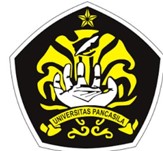

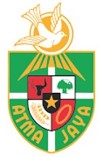

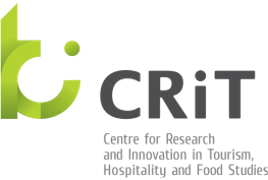
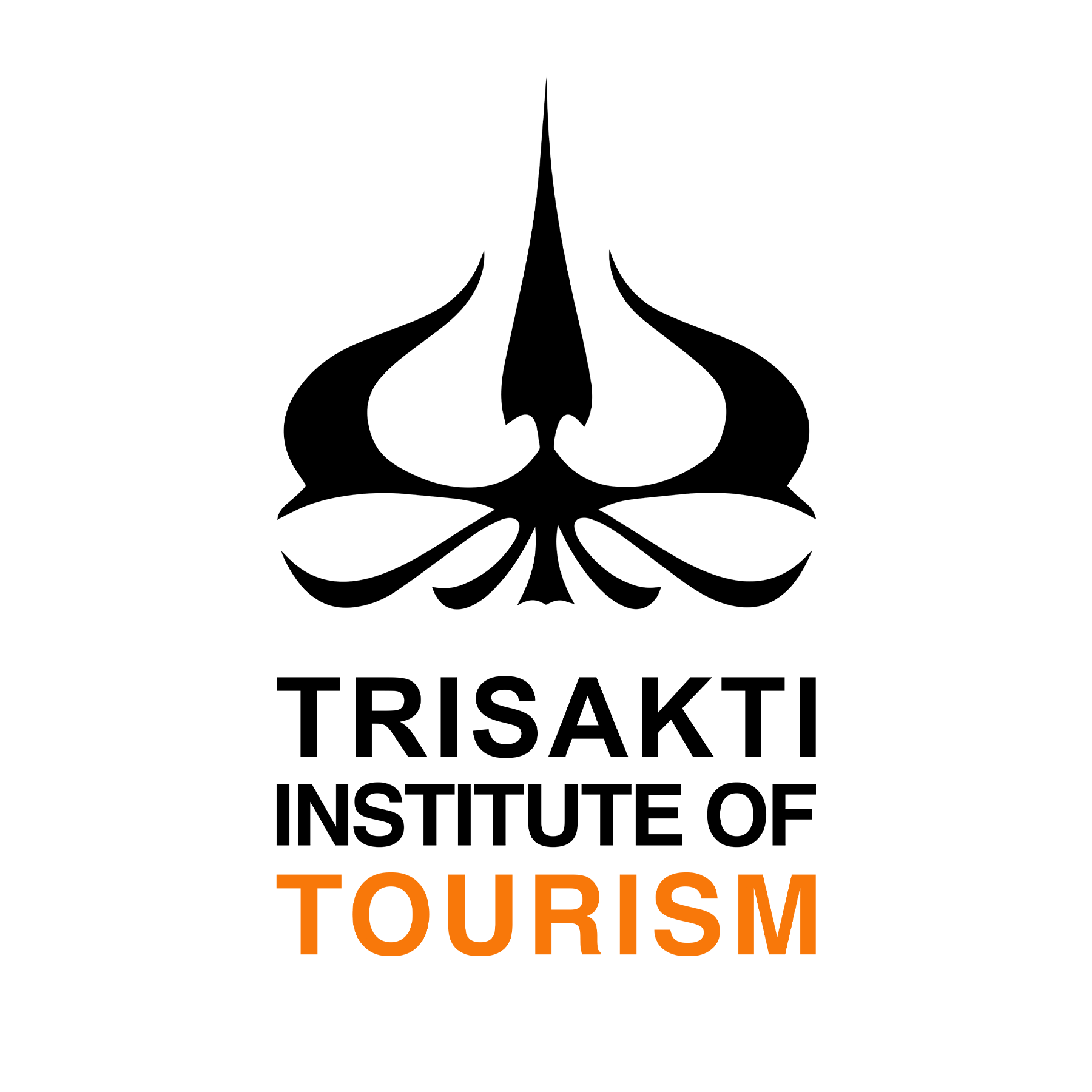


.jpg)
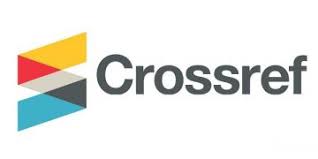

1.png)
.png)